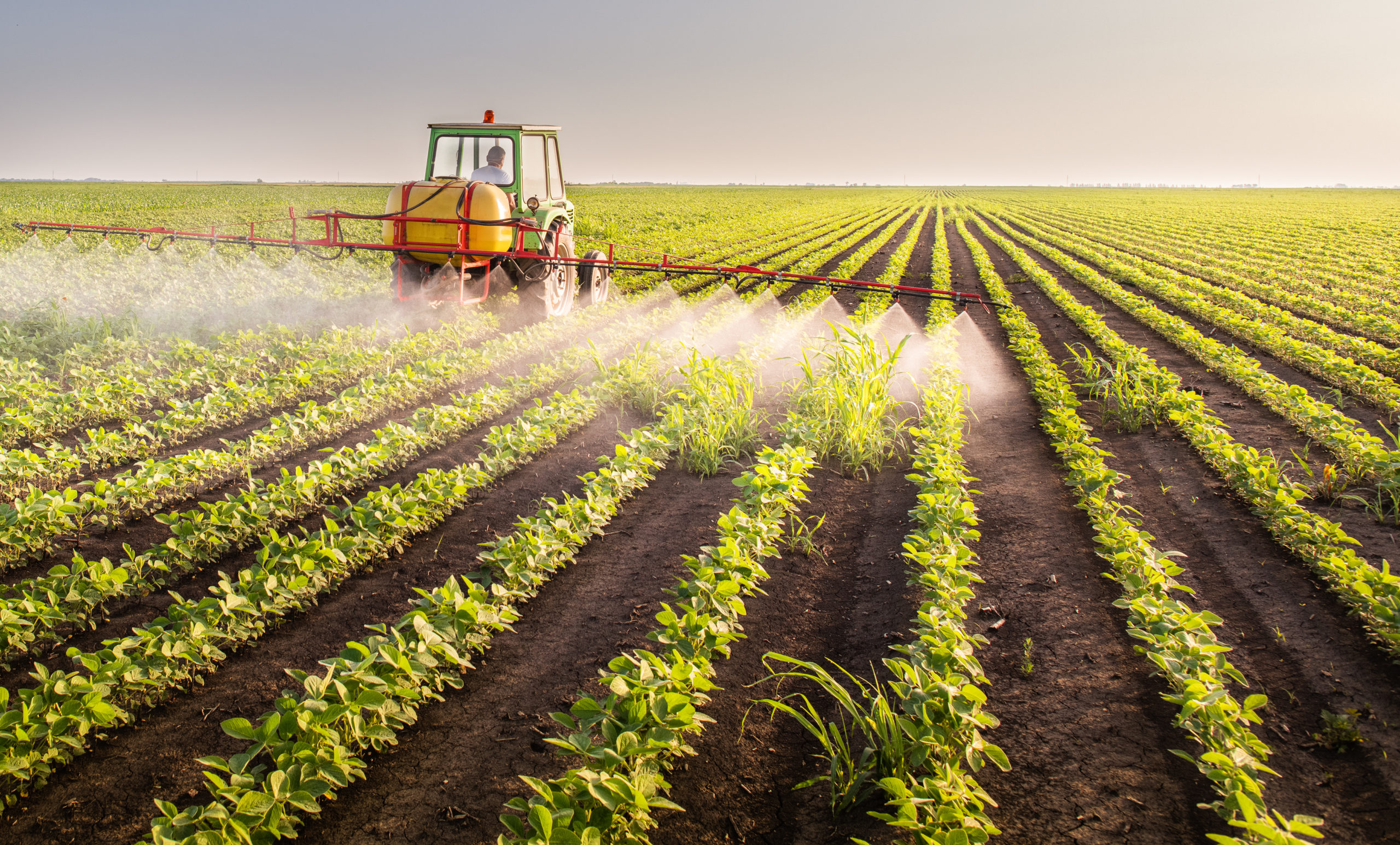Collecting and contextualizing data from “Farm to Fork” will improve yield, throughput, safety and compliance
Frequently Asked Questions On Food Safety and Supply Chain Traceability
Consumers no longer passively consume food and beverages based on what’s available. Consumers are increasingly thinking about the broader repercussions of their lifestyles and are asking harder questions about where their food is coming from and how was it treated along the way. Here are a few of the frequently asked questions you should consider if you are responsible for food and beverage manufacturing.
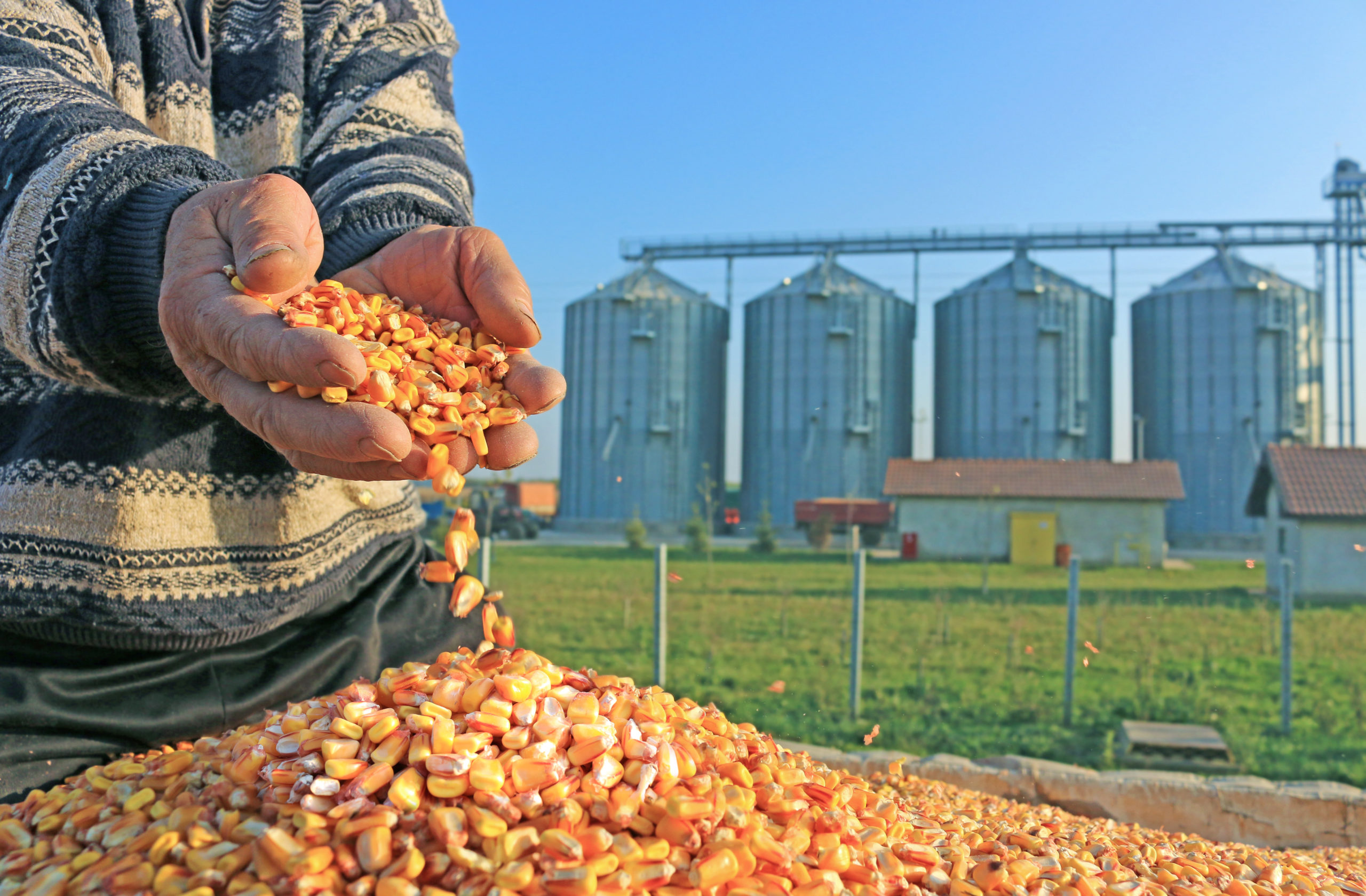
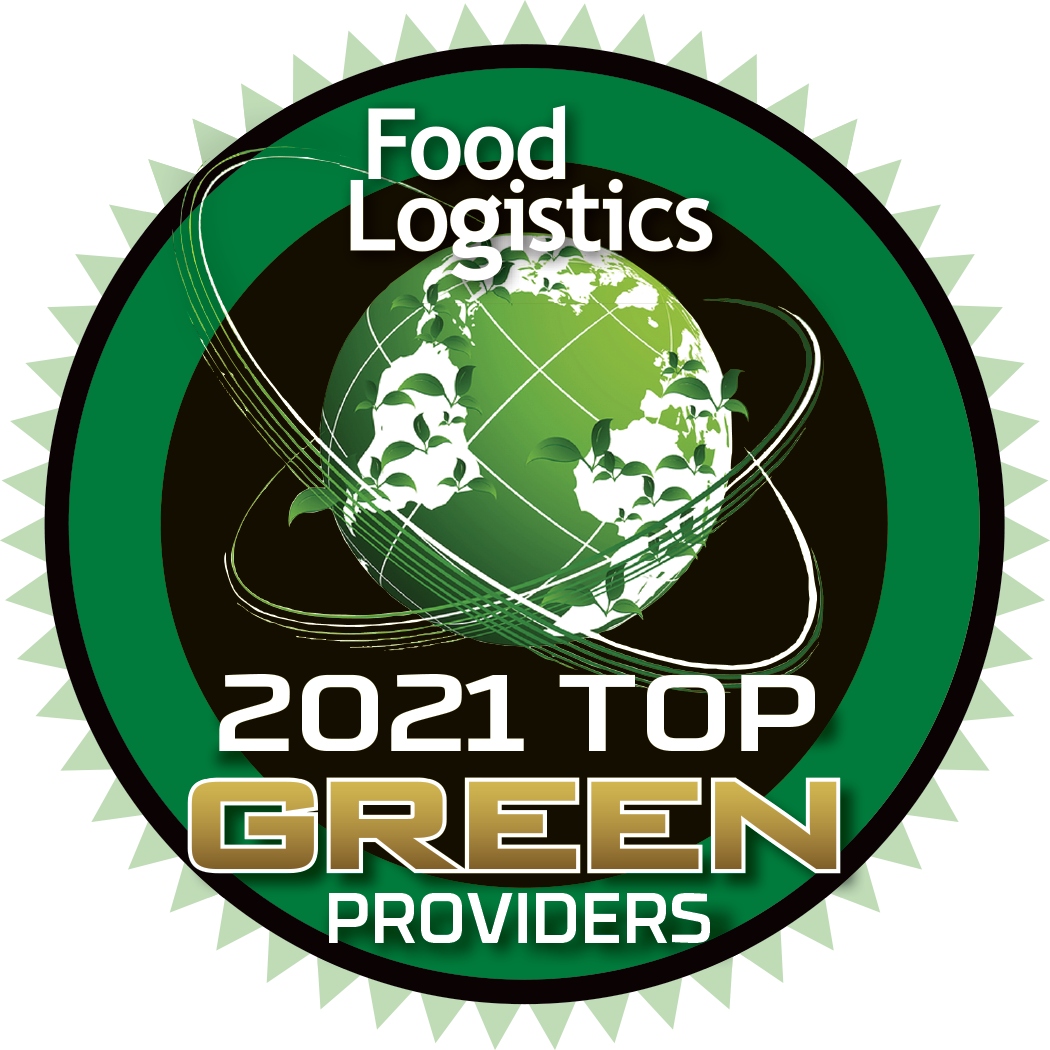

How an Industry Leader in Frozen Food Manufacturing used IoT, Big Data, and Machine Learning to Increase Yield.
Download the Case Study now and see how the ThinkIQ systems can help to expand your business!
Let’s look at 3 examples where ThinkIQ’s food and beverage manufacturing software transformed the process
What is the purpose of traceability in food safety?
There are literally dozens of suppliers and hundreds of people and processing steps to take raw materials through the manufacturing process to finished goods before food can be sold and eaten by the consumer. The purpose of traceability to is to track each supplier and step to ensure no contaminants or unsafe processes potentially trigger a recall or cause harm to the consumer.
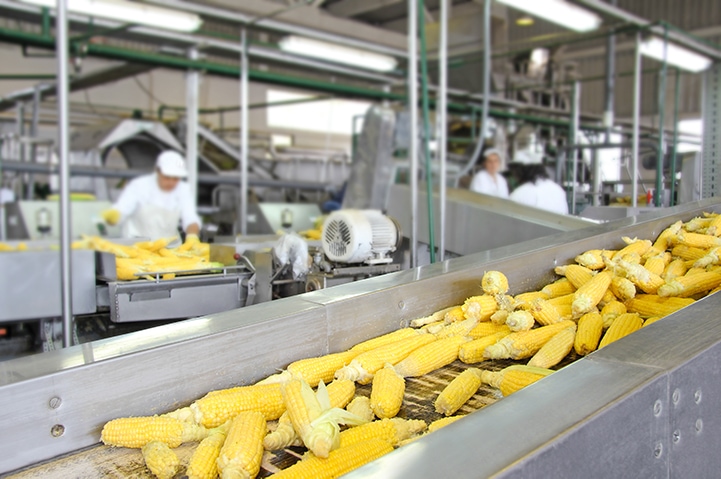
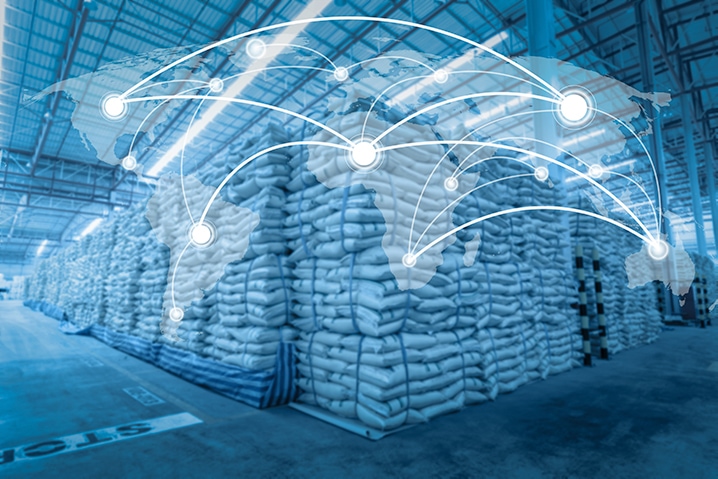
Why is traceability important in the supply chain and specifically in food safety?
If your food is contaminated in any way while being farmed, transported, manufactured, stored or sold, the likelihood of sickness and even death increases significantly. According to the FDA: “About 48 million people in the U.S. (1 in 6) get sick, 128,000 are hospitalized, and 3,000 die each year from foodborne diseases, according to recent data from the Centers for Disease Control and Prevention. This is a significant public health burden that is largely preventable.”

What are some recent innovations in food traceability?
Industry 4.0 (Industrie 4.0 in Europe) initiatives are setting new standards for establishing end-to-end lot traceability from raw materials to finished goods for all industries, but in particular the food and beverage manufacturing industry can utilize these principals to increase safety and prevent recalls.

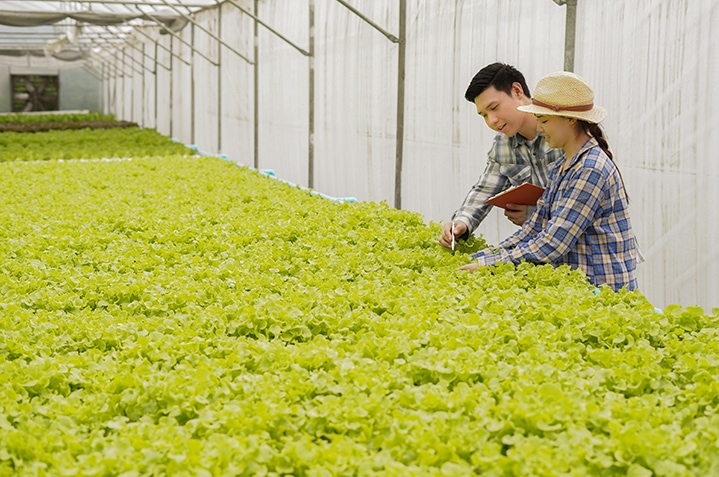
What are examples of food traceability?
ThinkIQ’s food industry analytics have allowed the client to visualize potential grain quality issues well in advance, thereby allowing manual inspections and/or rejecting certain batches. This has increased the safety of their food manufacturing process. ThinkIQ’s food and beverage platform has also smoothed supply chain issues, allowing our cereal manufacturer to keep their food manufacturing plants running at full capacity more often, therefore increasing food yield.
In addition to food safety issues, ThinkIQ’s actionable insights regularly help this global manufacturer manage organic vs. non-organic supply better. This Smart Manufacturing platform helps them know when it’s time to move grain from one silo to another, which has preserved the organic nature of grain and increased cost-efficiency at the supply level.

What is food traceability software?
There is a lot of technology and software to track the equipment being used in the manufacturing process as well as the associated financial ledger to track where money is being spent. The emergence of blockchain-based solutions as well as those that focus on tracking the material instead of the equipment via a material ledger to achieve Industry 4.0 Smart Manufacturing status has revolutionized the process.

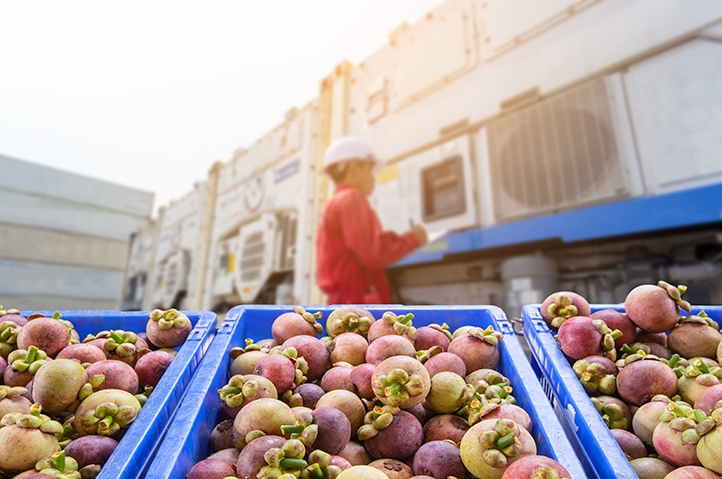
What are traceability best practices for food safety?
Realtime or near-realtime visibility across every step and supplier in the supply chain is key to ensuring food safety. Collecting specific attributes at each step will uncover anomalies along the way (i.e. if 1 ton of gluten free grain leaves the farm but 1.2 tons of material are delivered to the cleaning house did gluten contaminates enter the supply chain?). The faster you uncovering these anomalies allows you to do the appropriate checks and preventative/recovery processes.

How do you trace products across the supply chain?
Traceability is not just about tracking the financial ledger of what was purchased from whom and where on a given date. It is also not about which pieces of equipment or transportation vehicles touched it at different processing stages. True traceability requires a contextualized and granular view of associated attributes of what is actually being manufactured (i.e. grain becoming gluten-free cereal) and not what is doing the manufacturing (i.e. silo, cleaner, cutter, oven, etc).
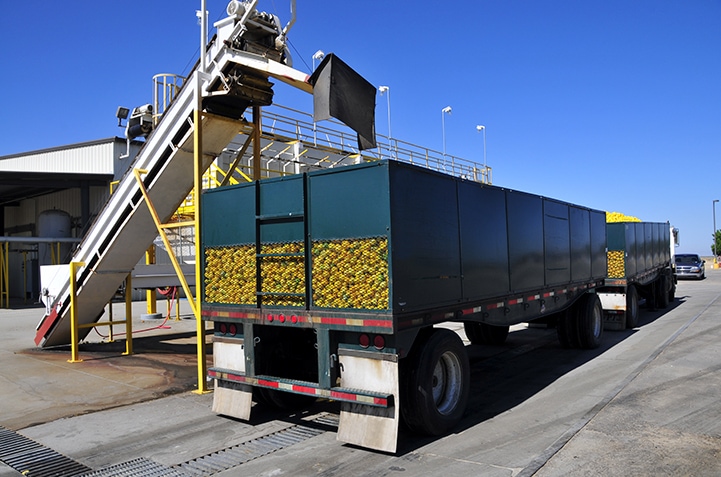
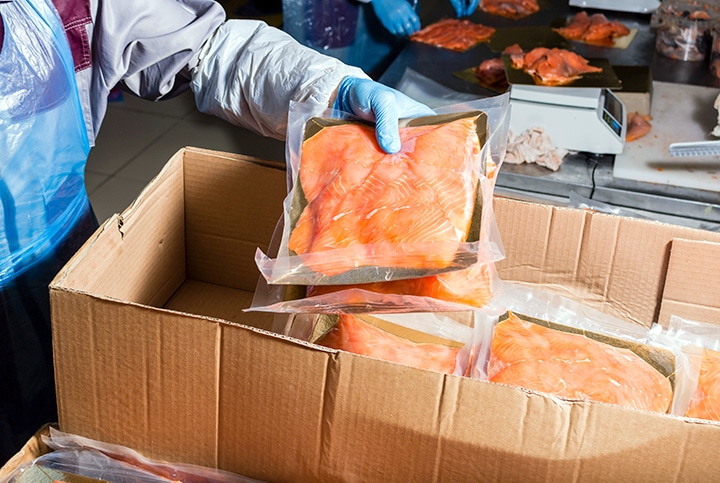
What is the FDA Food Safety Modernization Act (FSMA)?
Because our understanding of foodborne illness and its consequences has improved to the point of realization that preventable foodborne illness is both a significant public health problem and a threat to the economic well-being of the food system, the Food Safety Modernization Act (FSMA) was signed into law on January 4, 2011 by President Barack Obama. FSMA transforms food safety manufacturing by shifting the focus from responding to foodborne illness to preventing it through a set of rules and guidelines for food and beverage manufacturers across the supply chain.

What are the challenges and promises of food traceability in developing countries?
Unfortunately, there are no global standards or mandates for food safety and traceability. While every country has their own set of required standards (or lack thereof), there are initiative by groups like USAID to work with developing countries on best practices.
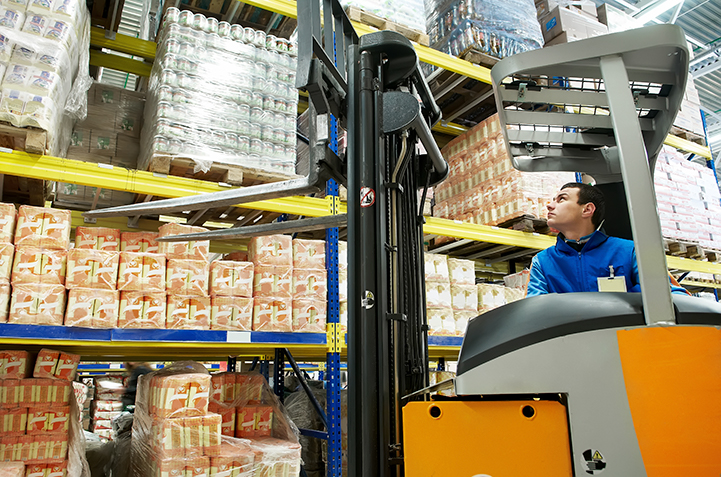
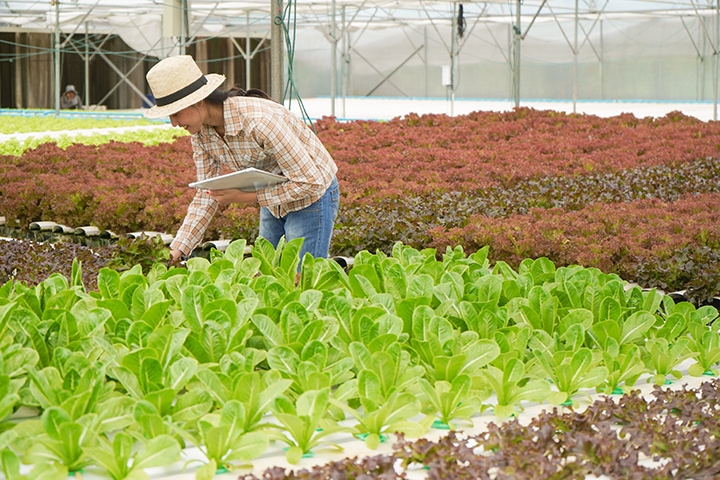
How do you ensure end-to-end lot traceability from raw materials to finished goods?
Whether your supply chain extends from Shenzhen to Miami, California to New York, or Ethiopia to the United States, end-to-end lot traceability from raw materials to finished goods is possible given today’s proliferation of IIot, barcodes, and RFID, etc combined with Material Ledgers to capture and contextualize granular attributes throughout the journey.

Contact us today for a no obligation Food Safety & Traceability software platform demonstration, and to discuss the 5 stages of becoming a Smart Manufacturer.
Faq
What is food supply chain traceability?
Food traceability tracks raw materials through every step of the supply chain to ensure safety, quality, and compliance from farm to fork.
Why is traceability important in food safety?
Traceability helps identify and isolate contamination sources quickly, reducing the risk of foodborne illness, costly recalls, and compliance violations.
How does ThinkIQ improve food manufacturing traceability?
ThinkIQ uses real-time data, material-ledger tracking, and AI to provide end-to-end visibility, optimize yield, and enhance food safety across the supply chain.
What is food traceability software?
Food traceability software collects, contextualizes, and analyzes data across the supply chain to ensure product integrity and regulatory compliance.
How do you achieve end-to-end lot traceability?
End-to-end traceability is achieved by combining IIoT, barcodes, RFID, and ThinkIQ’s material-ledger system to track and contextualize data at every stage.

